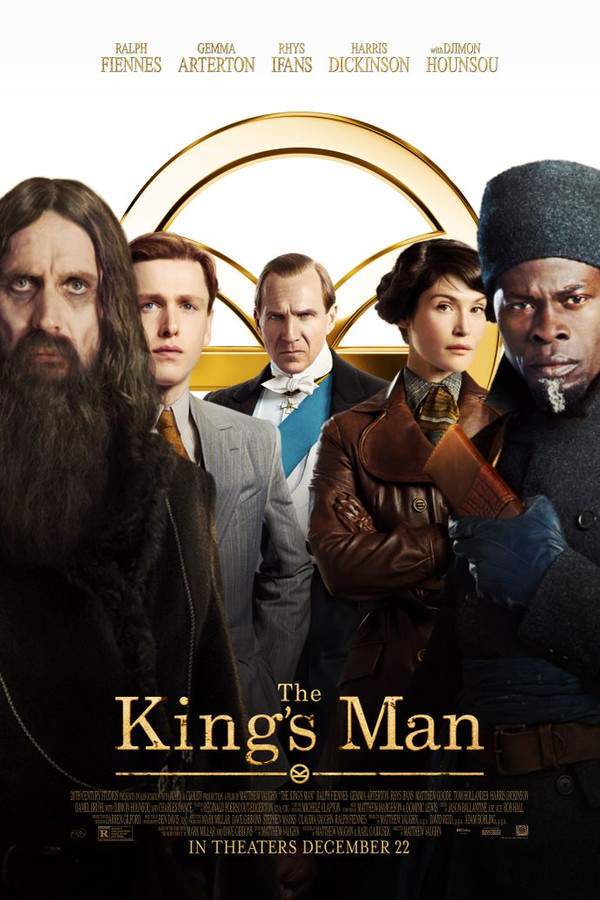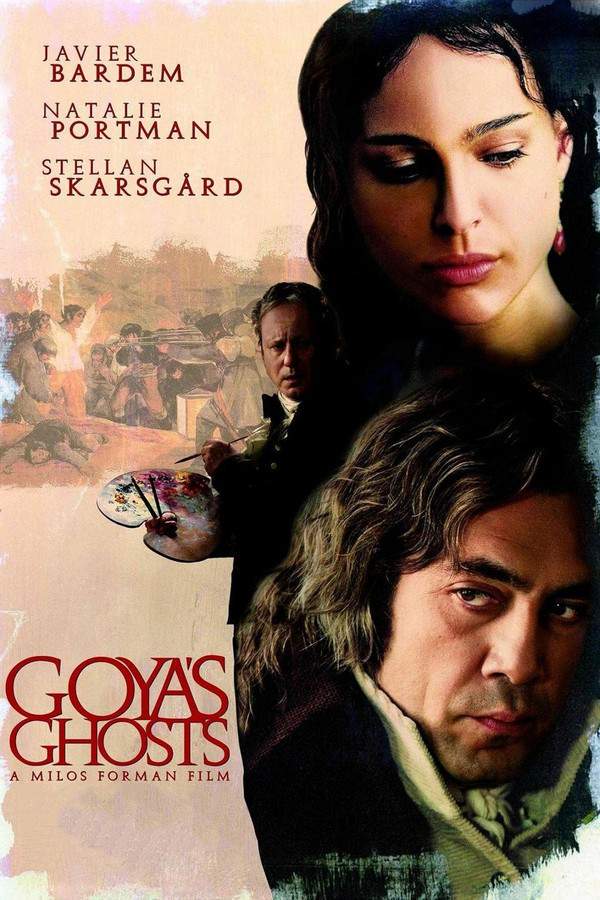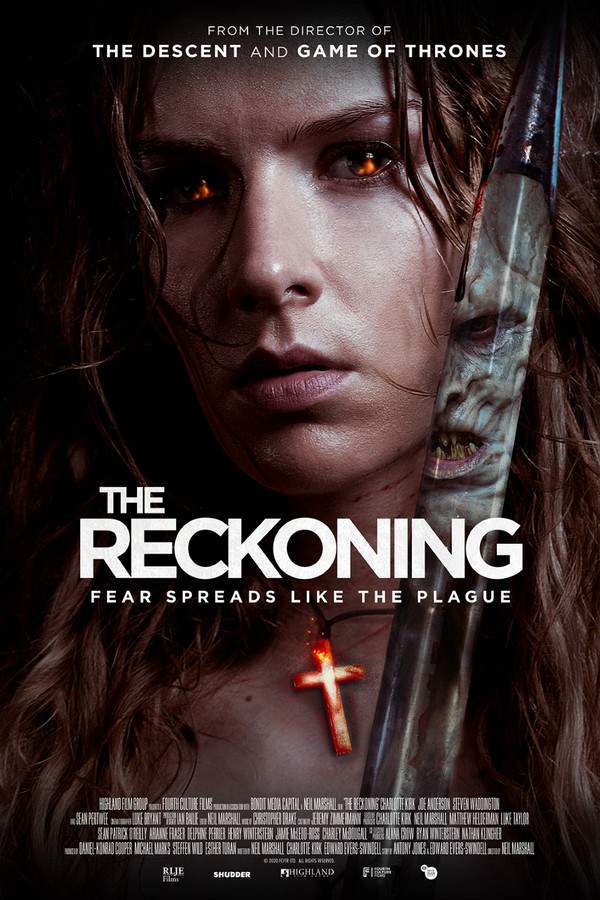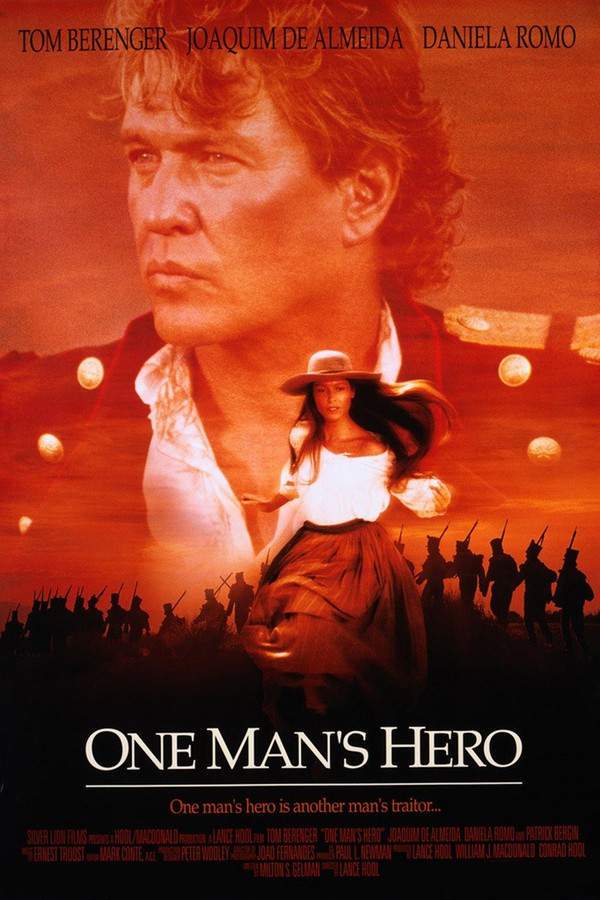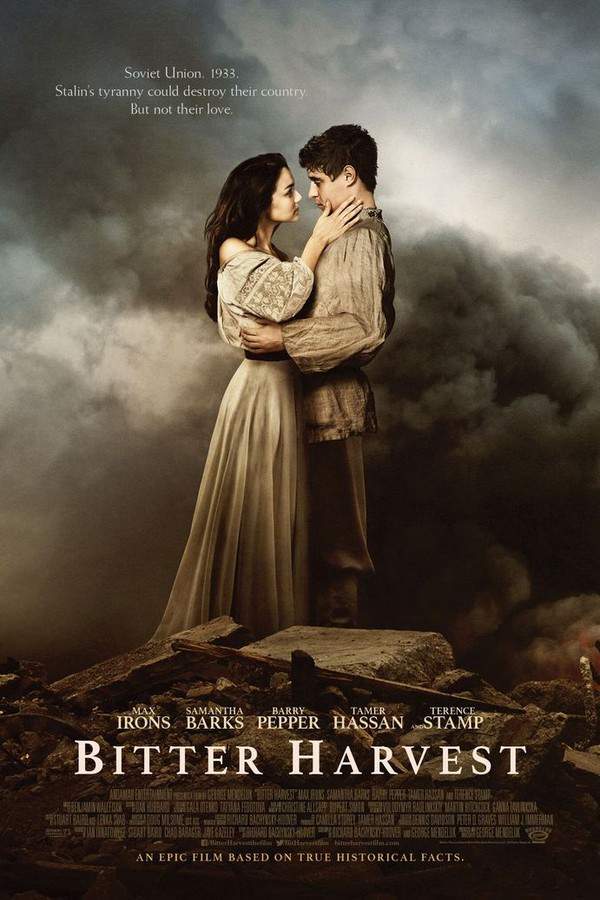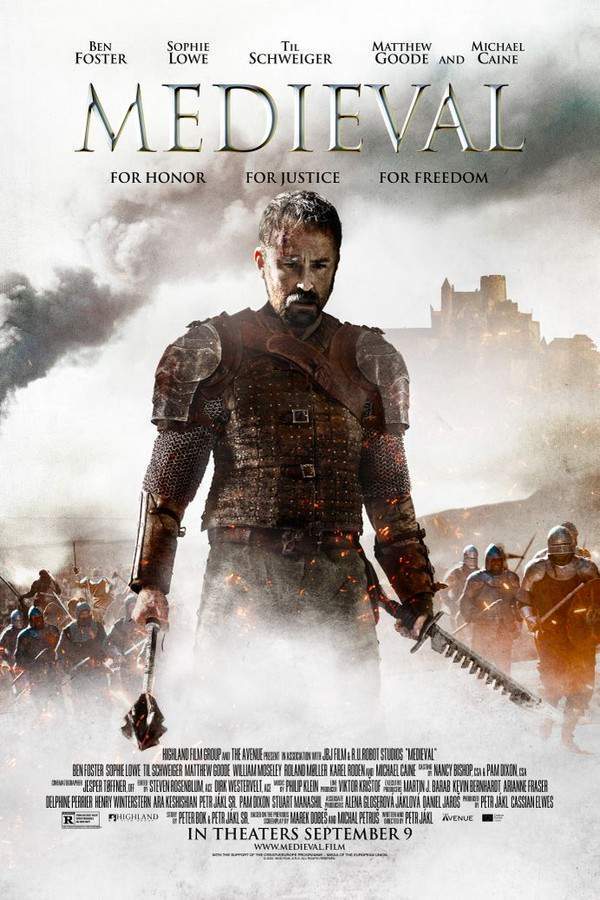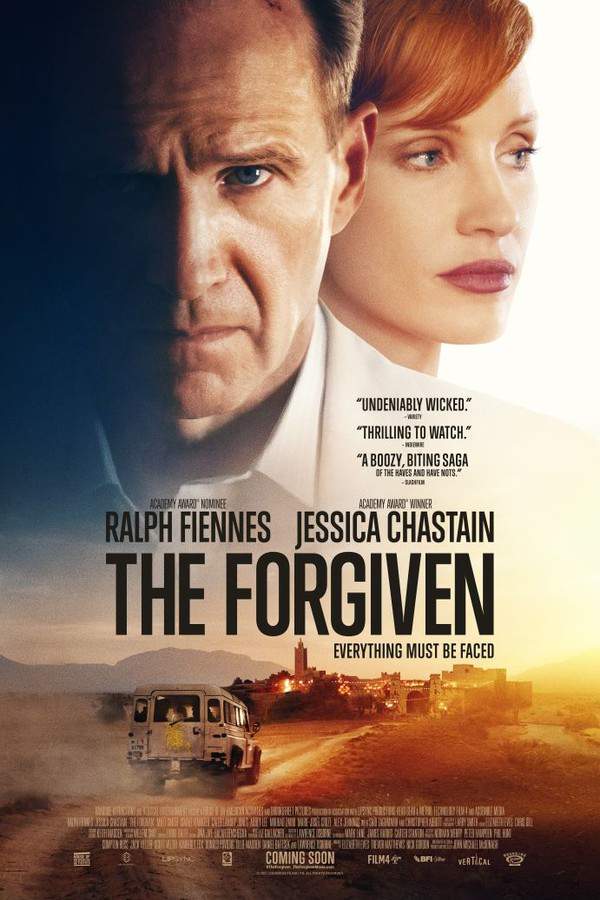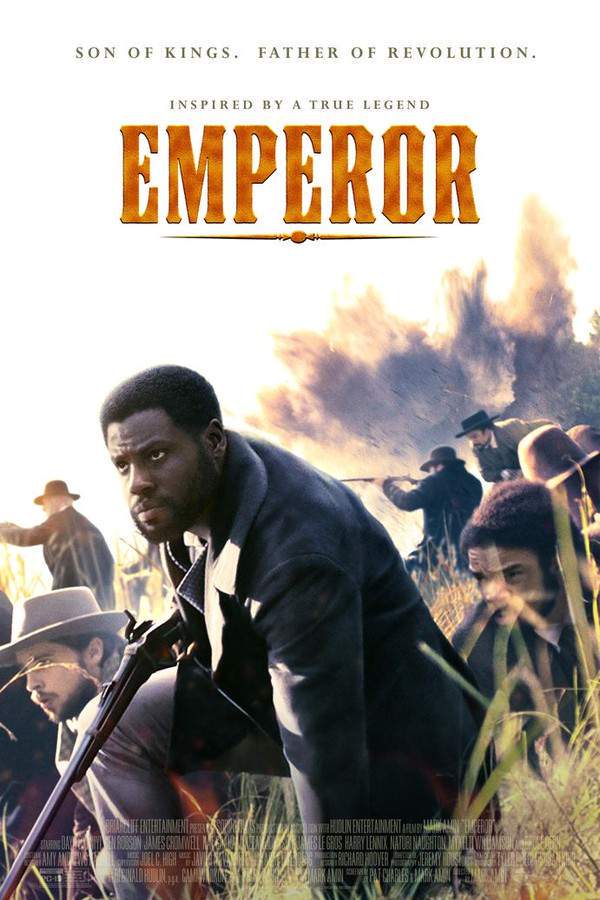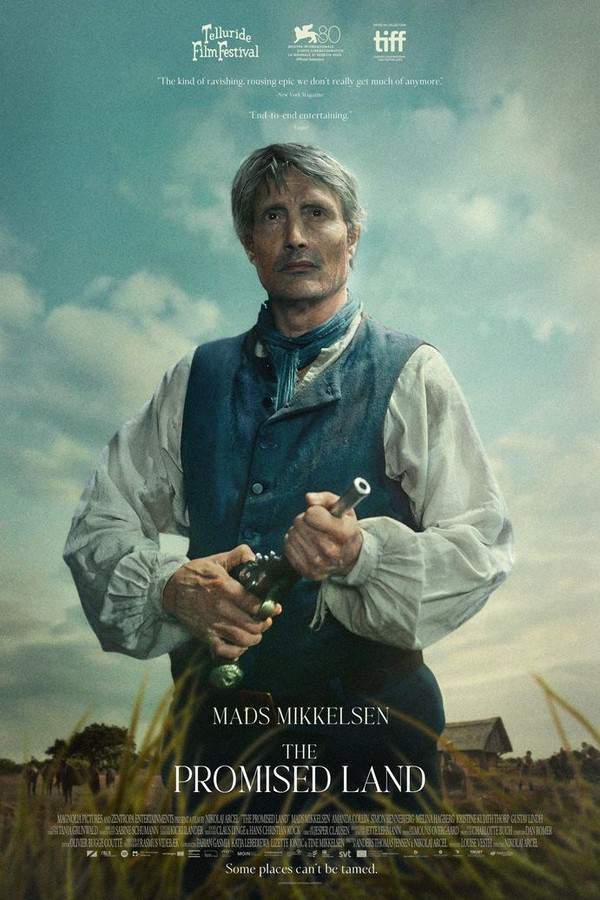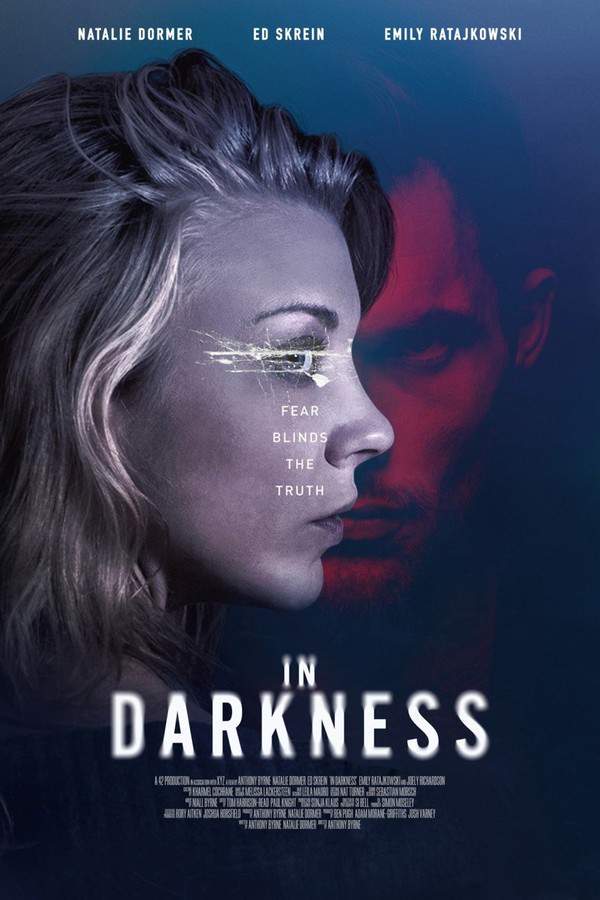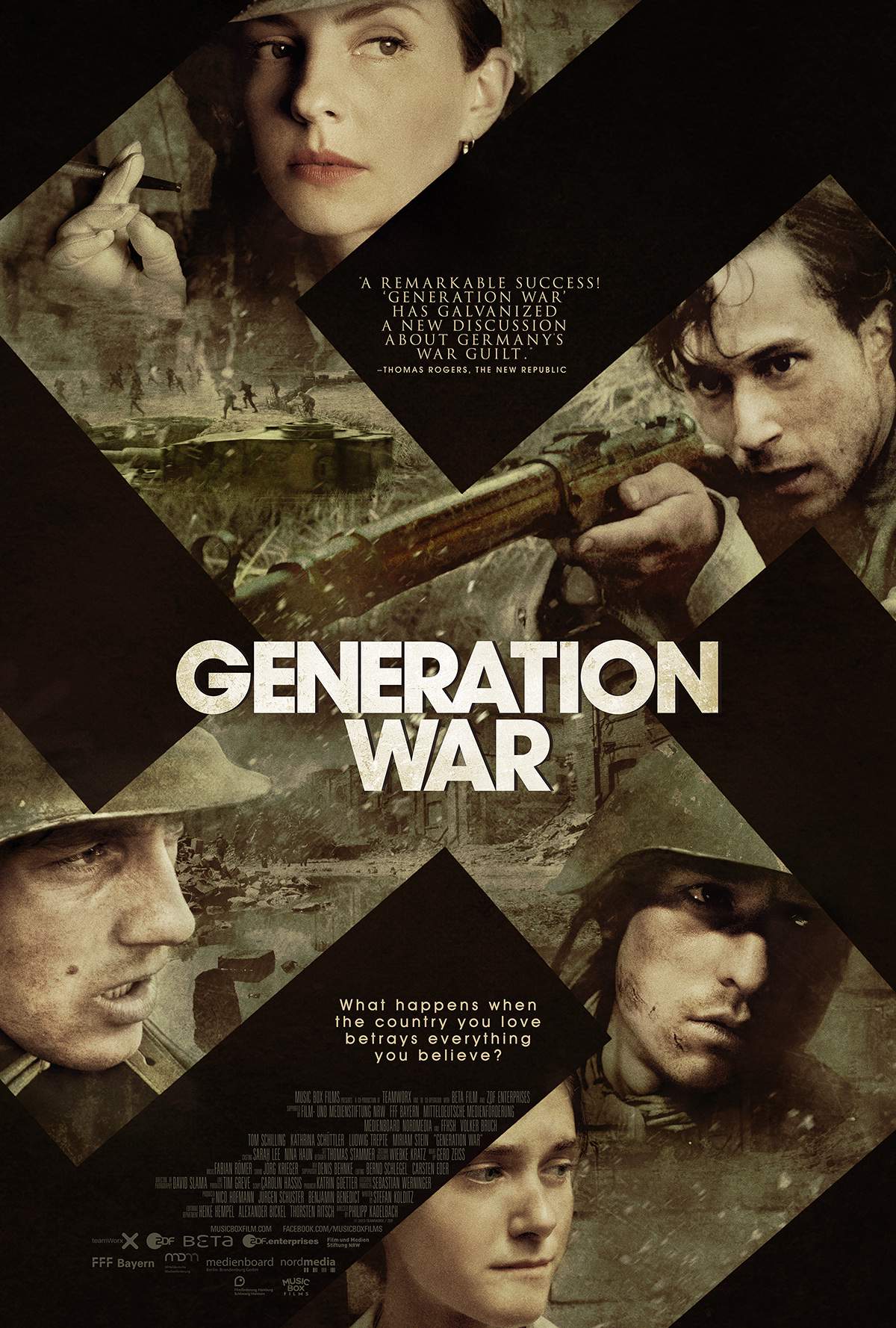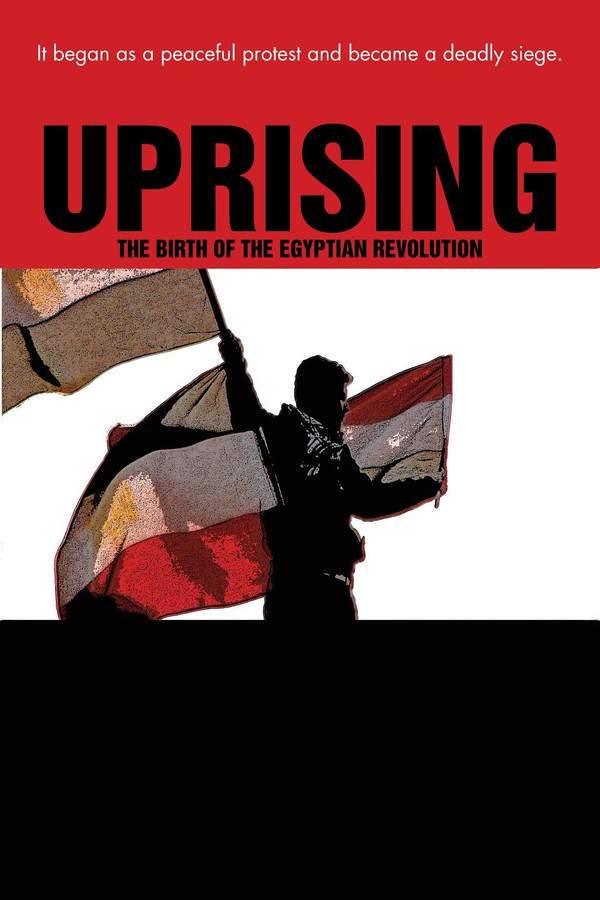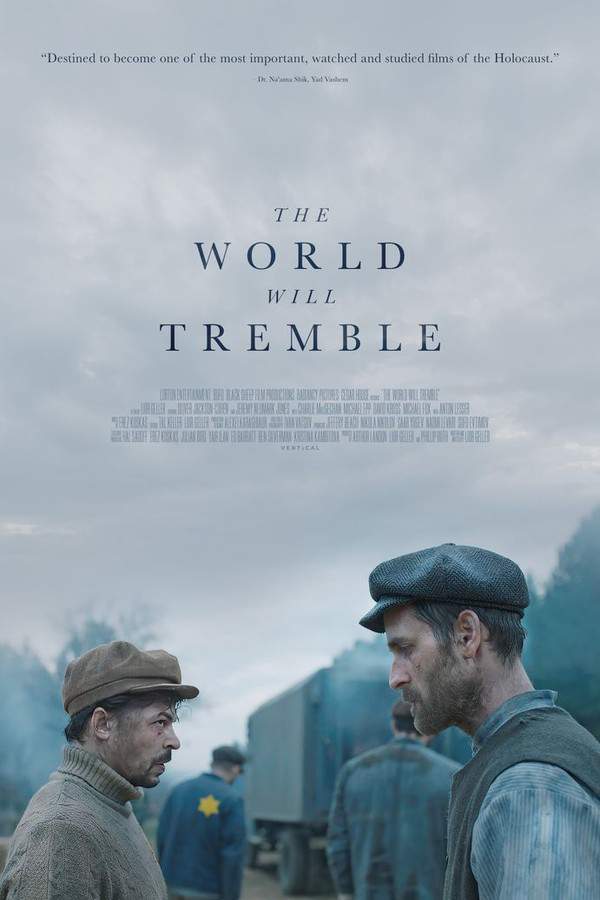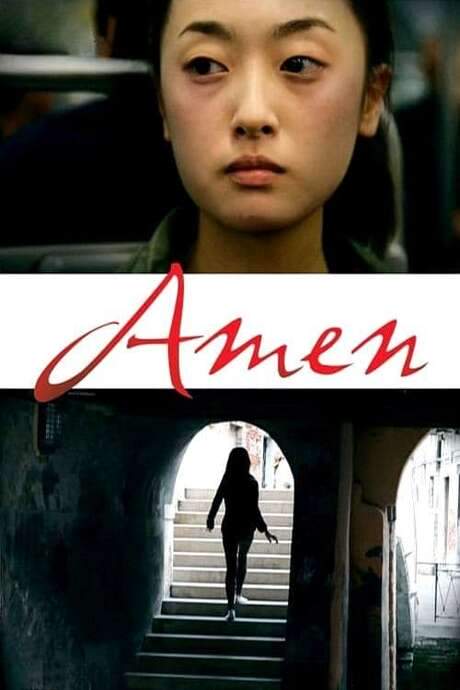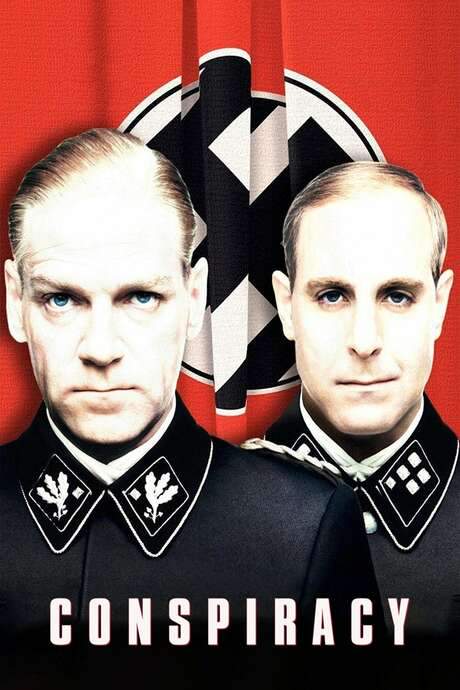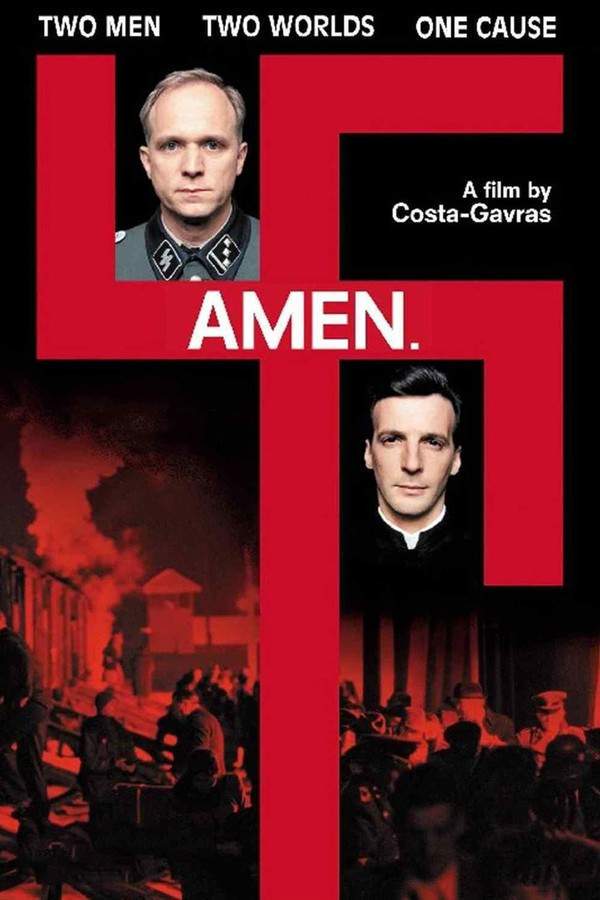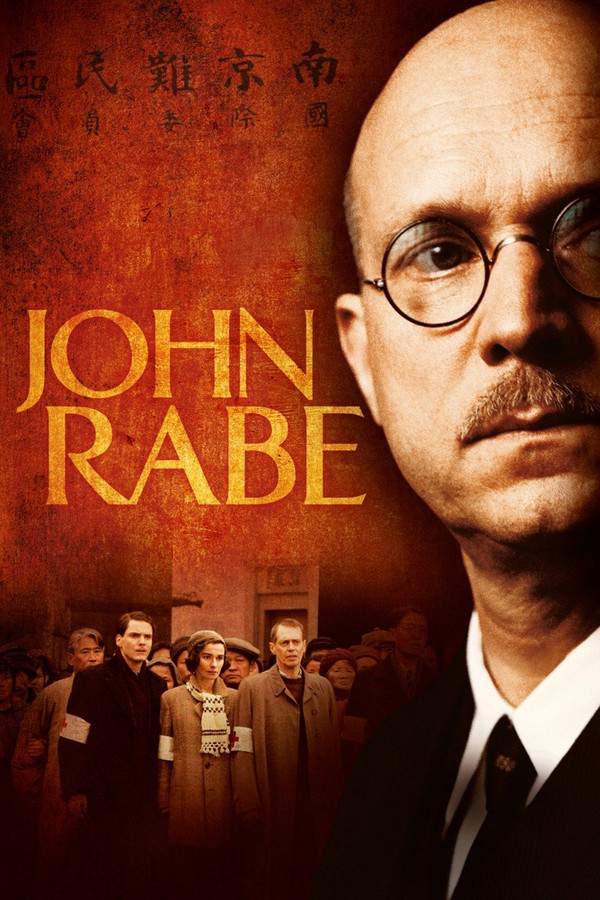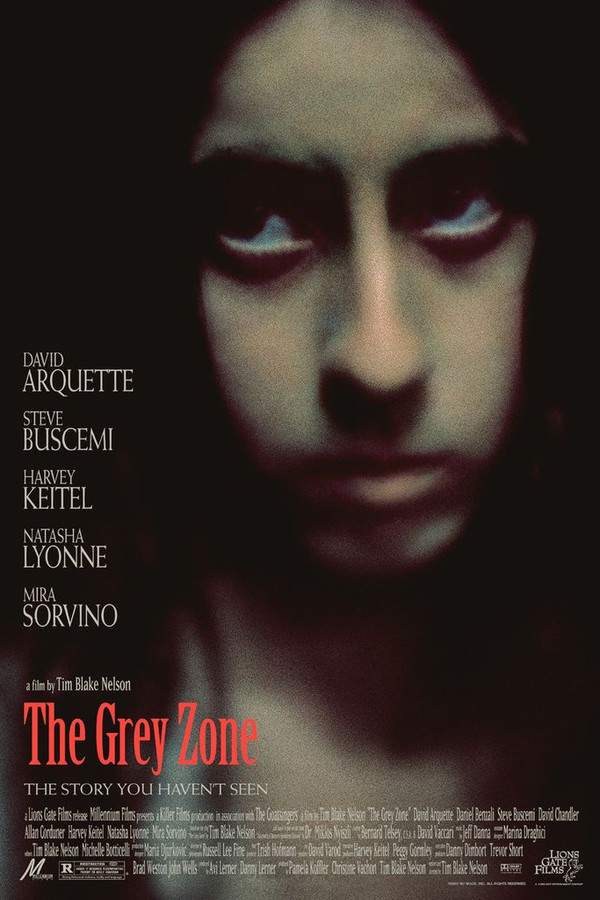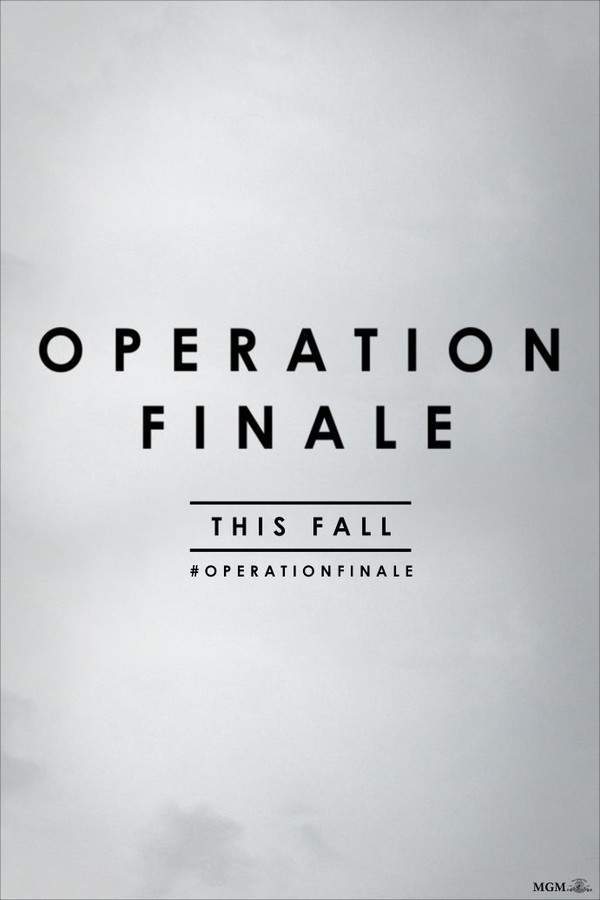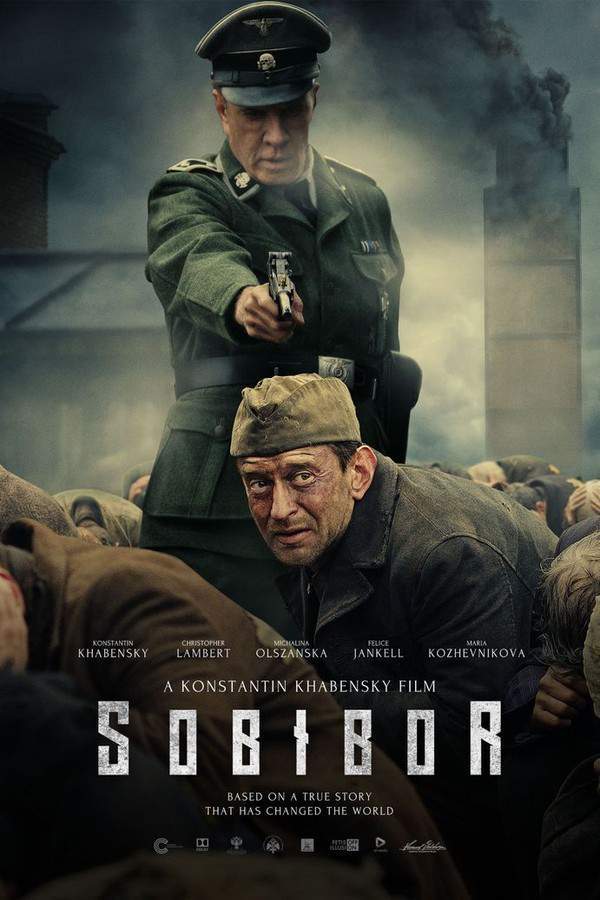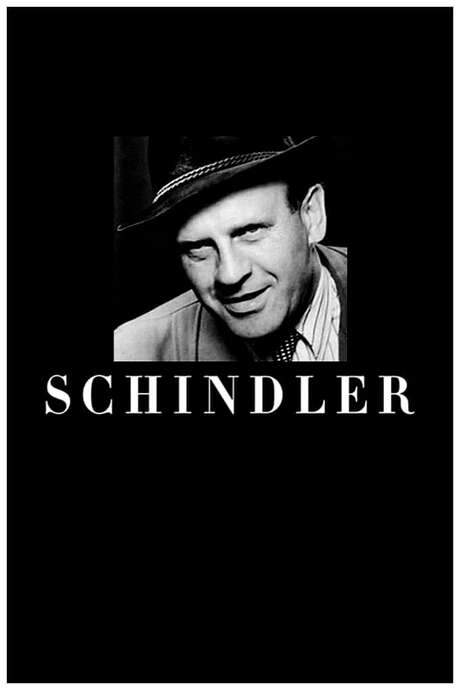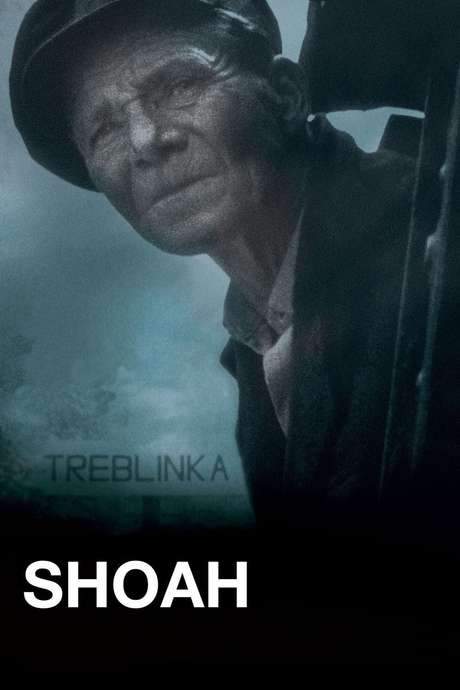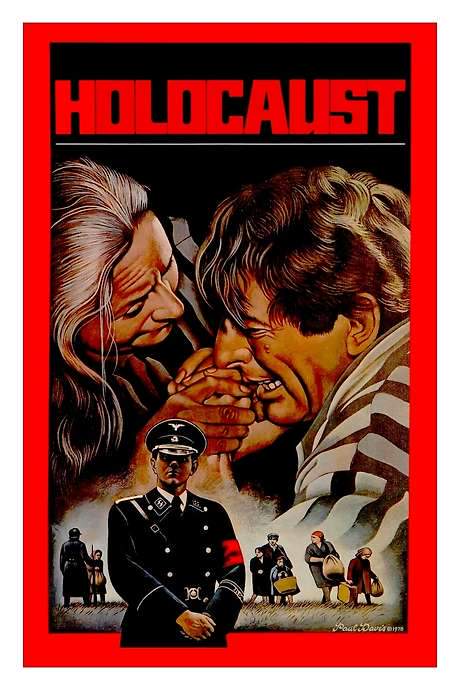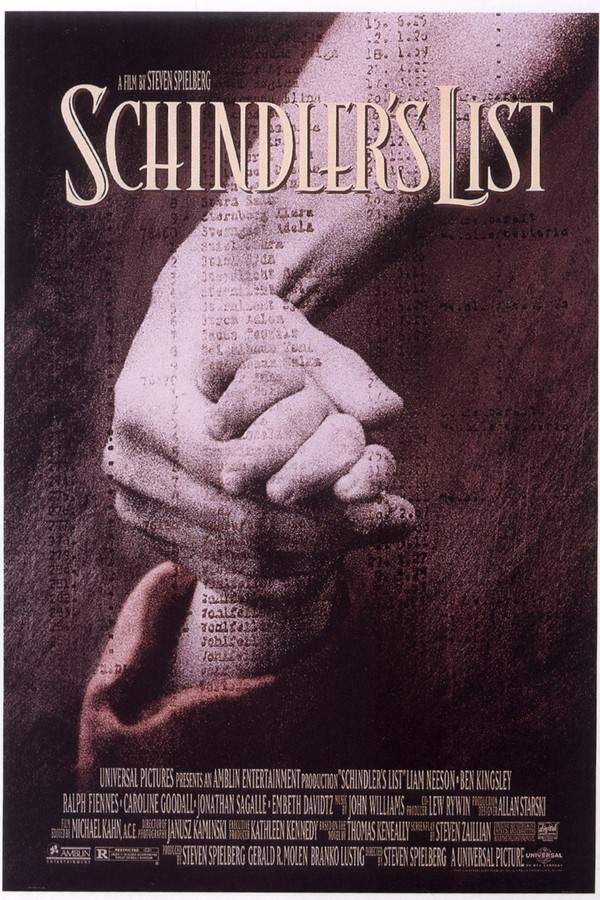
Schindler's List
Year: 1993
Runtime: 195 min
Language: English
Director: Steven Spielberg
Budget: $22M
In 1939, Oskar Schindler, a German businessman, travels to Krakow seeking profit. He joins the Nazi party to facilitate his factory's operations, employing Jewish workers. As the persecution of Jews intensifies and the SS begins systematic exterminations, Schindler witnesses the escalating horrors of World War II. Increasingly troubled by the violence, he begins to protect his workers, ultimately risking his own life to save them from the atrocities of the Holocaust.
Warning: spoilers below!
Haven’t seen Schindler's List yet? This summary contains major spoilers. Bookmark the page, watch the movie, and come back for the full breakdown. If you're ready, scroll on and relive the story!
Schindler's List (1993) – Full Plot Summary & Ending Explained
Read the complete plot breakdown of Schindler's List (1993), including all key story events, major twists, and the ending explained in detail. Discover what really happened—and what it all means.
The relocation of Polish Jews to Krakow initiates in late 1939, shortly after World War II erupts when the German Army swiftly defeats the Polish forces. Oskar Schindler (Liam Neeson), an ambitious businessman hailing from Czechoslovakia, seizes the opportunity to exploit the plentiful and inexpensive Jewish labor for his enamelware production aimed at supplying the German military. Initially a self-serving member of the Nazi party, Schindler uses his cunning and charm to bribe army and SS officials overseeing procurement.
With military backing, Schindler establishes a factory to produce army mess kits and cooking utensils. Despite his lack of experience in factory management, he enlists the help of Itzhak Stern ([Ben Kingsley]), a Jewish accountant from the local Judenrat (Jewish Council), who possesses vital connections within the underground Jewish business community. In exchange for a share of the factory’s products for black market trade, the Jewish community loans him needed funds. As Schindler’s business flourishes, thanks to his new role as “Herr Direktor,” Stern takes charge of administrative tasks.
Stern astutely advises Schindler to employ Jews instead of Poles for cost efficiency, with their wages funneled directly to the Reich. Schindler’s factory workers are granted passes to leave the ghetto, and through Stern’s forged documents, a significant number are identified as “essential” in the eyes of the Nazi bureaucracy—saving them from deportation to concentration camps, or worse.
The entrance of Amon Göth (Ralph Fiennes) into Krakow marks a grim shift as he assembles a nearby labor camp in Paszów. The brutal liquidation of the Krakow ghetto follows, as SS troops sweep through and mercilessly execute anyone who resists or even appears weak. Watching the tragic events from a distance, Schindler finds himself deeply shaken yet strategically befriends Göth to ensure his continued protection.
As the labor camp is constructed, Schindler uses bribery tactics on Göth to create a sub-camp for his workers, intending to shield them from the guards’ cruelty. However, an order from Berlin arrives mandating Göth to dispose of the corpses from the Krakow ghetto, dismantle Paszów, and transport the remaining Jews to Auschwitz. Schindler manages to persuade Göth to let him retain “his” workers and relocate them to his former factory in Zwittau-Brinnlitz, Moravia—safeguarding them from the Nazis’ genocidal agenda.
The crucial “Schindler’s List” outlines workers essential for the factory’s operation, offering them a lifeline between life and death. Schindler also engages in a risky game of high card draw with Göth for the life of Helen Hirsch, a housekeeper subjected to Göth’s relentless abuses. He ultimately secures Helen’s place on the train bound for Brinnlitz.
While all men on the list arrive safely at their new home, tragedy strikes for the women and children, misdirected to Auschwitz, where they endure the horrors of a gas chamber scare. Schindler, desperate to save them, swiftly makes his way to Auschwitz and manages to bribe the camp commander, Rudolf Höss (Hans-Michael Rehberg), with diamonds to ensure their release, navigating multiple obstacles—including SS officers trying to prevent children from boarding the rescue train.
Upon reaching Zwittau-Brinnlitz, Schindler implements strict rules; guards are prohibited from executing or abusing workers, and he honors the Jewish Sabbath. Throughout this harrowing journey, Schindler spends a significant portion of his riches bribing Nazi officials for better treatment of the Jews. A poignant moment arises when he surprises his wife at church, revealing that she is his only true love, despite his previous infidelities. But as the war comes to a close, Schindler’s fortune dwindles just as the German army surrenders.
Branded a Nazi and a “profiteer of slave labor,” Schindler must flee the advancing Soviet Red Army. He bids an emotional farewell to his workers, who present him with a heartfelt letter declaring him a hero and a ring engraved with the Talmudic phrase, > “He who saves the life of one man, saves the world entire.” Deeply moved yet burdened by regret over not doing more, Schindler leaves under the guise of a refugee.
The next morning, the freed Schindler Jews wake to find liberation at the hands of the Red Army. As they venture into a nearby town seeking food, a title card reveals Schindler’s recognition as a “righteous person” by the Yad Vashem in Jerusalem and mentions the enduring tree he planted there.
The fate of Göth is shared as he is captured, defiantly claiming allegiance to Hitler until he is hanged for his crimes. The film concludes with a poignant scene of Schindler’s surviving workers visiting his grave in modern-day Israel, where they lay stones in remembrance. The present-day moment serves as a powerful testament to the lives saved—over 6,000 descendants stemming from the approximate 1,100 Jews he sheltered. In the closing shot, Neeson himself silently lays roses on Schindler’s grave, reflecting contemplatively on the legacy of courage and compassion that endures.
Last Updated: November 08, 2024 at 00:34
Explore Movie Threads
Discover curated groups of movies connected by mood, themes, and story style. Browse collections built around emotion, atmosphere, and narrative focus to easily find films that match what you feel like watching right now.
Historical dramas of moral awakening like Schindler's List
Ordinary individuals finding extraordinary courage in the face of systemic evil.Movies like Schindler's List that are powerful historical dramas exploring one person's journey from complicity or apathy to profound moral action. These films are heavy and somber but center on a redemptive arc of courage and sacrifice against a backdrop of real-world atrocity.
Narrative Summary
These narratives typically follow a linear, straightforward chronological progression, tracking a character's gradual shift in perspective. Starting from a place of self-interest or ignorance, they are confronted with escalating horrors, leading to a crisis of conscience and a risky, selfless commitment to doing what's right.
Why These Movies?
Movies in this thread share a consistently dark tone, high intensity, and heavy emotional weight. They are united by the core character arc of moral redemption within a historically accurate, grim setting, offering a solemn but impactful viewing experience.
Solemn survival chronicles like Schindler's List
Gripping, true-life stories of humanity enduring and resisting immense tragedy.If you liked the intense, historical focus on survival and resistance in Schindler's List, this thread finds similar movies. These are serious, fact-based dramas about enduring and fighting back against systematic persecution and mass violence.
Narrative Summary
Stories in this thread are often based on true events and unfold with a steady, inexorable pace, building a sense of dread and documenting the mechanics of oppression. The plot revolves around the logistical and emotional struggle to preserve life and dignity against a powerful, destructive force.
Why These Movies?
These films are connected by their unflinching depiction of real-world atrocities, a somber and anxious mood, and a central theme of survival. They share a high intensity level, straightforward narrative complexity, and a focus on the grim details of historical events.
Unlock the Full Story of Schindler's List
Don't stop at just watching — explore Schindler's List in full detail. From the complete plot summary and scene-by-scene timeline to character breakdowns, thematic analysis, and a deep dive into the ending — every page helps you truly understand what Schindler's List is all about. Plus, discover what's next after the movie.
Schindler's List Timeline
Track the full timeline of Schindler's List with every major event arranged chronologically. Perfect for decoding non-linear storytelling, flashbacks, or parallel narratives with a clear scene-by-scene breakdown.

Characters, Settings & Themes in Schindler's List
Discover the characters, locations, and core themes that shape Schindler's List. Get insights into symbolic elements, setting significance, and deeper narrative meaning — ideal for thematic analysis and movie breakdowns.

Schindler's List Spoiler-Free Summary
Get a quick, spoiler-free overview of Schindler's List that covers the main plot points and key details without revealing any major twists or spoilers. Perfect for those who want to know what to expect before diving in.

More About Schindler's List
Visit What's After the Movie to explore more about Schindler's List: box office results, cast and crew info, production details, post-credit scenes, and external links — all in one place for movie fans and researchers.

Similar Movies to Schindler's List
Discover movies like Schindler's List that share similar genres, themes, and storytelling elements. Whether you’re drawn to the atmosphere, character arcs, or plot structure, these curated recommendations will help you explore more films you’ll love.
Explore More About Movie Schindler's List
Schindler's List (1993) Scene-by-Scene Movie Timeline
Schindler's List (1993) Movie Characters, Themes & Settings
Schindler's List (1993) Spoiler-Free Summary & Key Flow
Movies Like Schindler's List – Similar Titles You’ll Enjoy
The Pianist (2002) Spoiler-Packed Plot Recap
Amen. (2003) Full Movie Breakdown
John Rabe (2010) Full Movie Breakdown
The Zookeeper's Wife (2017) Spoiler-Packed Plot Recap
The Grey Zone (2002) Plot Summary & Ending Explained
Operation Finale (2018) Film Overview & Timeline
Sobibor (2019) Spoiler-Packed Plot Recap
Schindler’s List: 25 Years Later (2018) Detailed Story Recap
The Guard of Auschwitz (2018) Film Overview & Timeline
Schindler (1983) Detailed Story Recap
Shoah (1985) Ending Explained & Film Insights
Escape from Sobibor (1987) Plot Summary & Ending Explained
Escape from Sobibor (1987) Movie Recap & Themes
Holocaust (1000) Full Movie Breakdown
Hidden in Silence (1996) Spoiler-Packed Plot Recap

